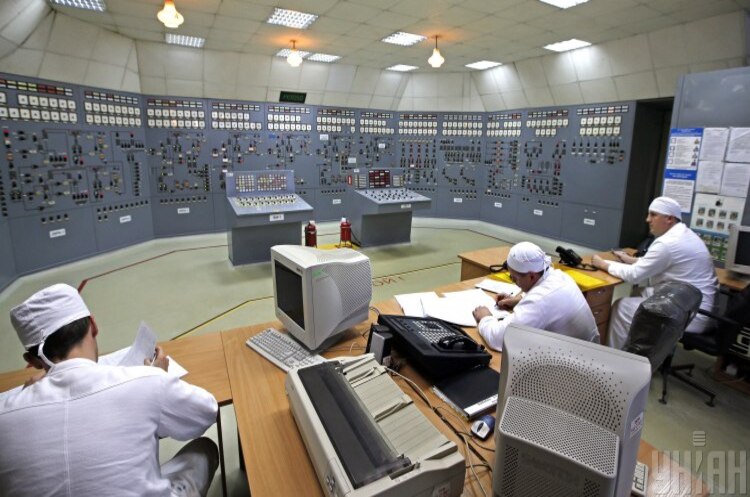What will happen to the Zaporizhzhia NPP after the sabotage of the Kakhovka HPP?
The undermining of the Kakhovka HPP dam could, of course, have negative consequences for the ZNPP. But for now, the situation is under control

The Zaporizhzhia Nuclear Power Plant (ZNPP) has been placed at risk after the sabotage of the Kakhovka Hydroelectric Power Plant dam due to the probability of shallowing of the cooling ponds of the nuclear reactors. Ukraine had long anticipated this possibility. Indeed, the Defence Intelligence of Ukraine repeatedly warned that the russians were preparing provocations at the Zaporizhzhia NPP, including a few weeks ago, ahead of the United Nations Security Council meeting where the IAEA Director-General Rafael Grossi presented his latest action plan for the security of the ZNPP. It should be noted that the head of the nuclear regulator is implementing the plan selectively, not disclosing the presence of military equipment, ammunition, and explosives at the nuclear power plant.
How has the nuclear industry reacted to today's sabotage of the dam? Olha Kosharna, a nuclear safety expert, emphasises that the sabotage of the dam constitutes another violation of Article 56 of Protocol 1 to the Geneva Conventions, which prohibits military operations near NPPs and the sabotage of HPP dams, etc.
A question arises: how can a country that jeopardises the nuclear safety of another state and deliberately creates nuclear risks be allowed to build nuclear capacities in the centre of Europe?
In February 2023, when the level of the Kakhovka reservoir dropped to 13.7 m due to the russian occupiers letting water into the North Crimean Canal, experts assessed the risks to the ZNPP.
How is the ZNPP "doing" and does Ukraine have a contingency plan? Currently, Kosharna explains, the cooling pond has a level of 16.6 m, there are pools near the pond, there is a cooling pond of Zaporizhzhia Thermal Power Plant; since September 2022, the power units of the Zaporizhzhia NPP have been in a cold shutdown state, except for power unit No. 5 (it is not working, but the reactor is in a hot state, more on this below), so the station requires less water for cooling than when the power units are operating at capacity.
Following the accident at the Fukushima-1 NPP, Ukraine developed emergency instructions in case of the inability to refill the cooling ponds, which are now followed by the Ukrainian staff of the ZNPP. However, the problem is that the coast of Enerhodar and the perimeter of the ZNPP are mined by russian troops.
Moreover, as is known, the russian occupiers exert significant pressure on the Ukrainian staff of the Zaporizhzhia NPP. This has been reported, among others, by the IAEA, and currently, the task of its mission at the ZNPP is to protect the Ukrainian staff of the nuclear power plant from this pressure.
Could this have been prevented? Another nuance is the decisions of the leaders of the nuclear industry and the head of the Ministry of Energy. In particular, if Oleh Korikov, Head of the State Agency for Management of the Exclusion Zone, had given permission to the ZNPP to put the 5th power unit into cold shutdown, as requested by the Ukrainian staff, he could have significantly reduced today's problems and the degree of risk.
If you have read this article to the end, we hope that means it was useful for you.
We work to ensure that our journalistic and analytical work is of high quality, and we strive to perform it as competently as possible. This also requires financial independence. Support us for only UAH 196 per month.
Become a Mind subscriber for just USD 5 per month and support the development of independent business journalism!
You can unsubscribe at any time in your LIQPAY account or by sending us an email: [email protected]



